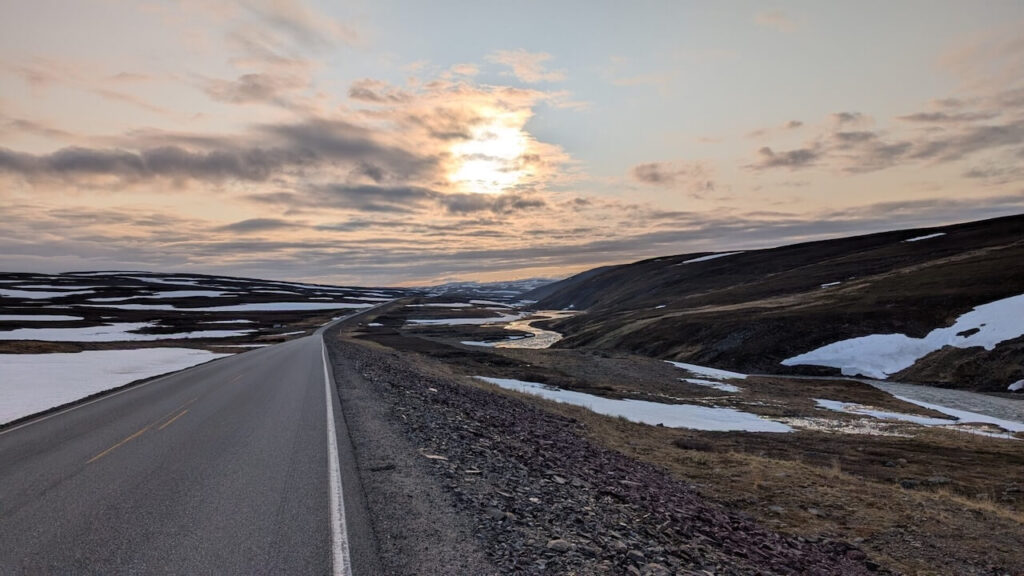
Sustainability Theatre: Norway’s Latest Performance
In today’s blog, we’re heading into a world of make-believe. A world where no one needs to take real action or make tough decisions. Where

In today’s blog, we’re heading into a world of make-believe. A world where no one needs to take real action or make tough decisions. Where hard work is replaced with nice-sounding words, and progress means patting each other on the back for how good we are. A world where reality no longer matters, as long as we all agree to pretend.
Welcome to the wonderful world of Virtue Signalling at Its Worst. Where Norway’s new Nine Principles for Tourism Marketing are less about fixing anything, and more about feeling good while doing nothing. It’s nauseating and worst still, a huge waste of time, resources, and money. How many hours have been spent discussing and preparing this when real action is needed across the country to manage popular destinations overrun by tourists.
Norway’s Nine Principles for Responsible Tourism Marketing
In 2025, a coalition of over 40 tourism organisations in Norway announced a new set of guiding ideals: the Nine Principles for Responsible Tourism Marketing. On paper, they sound thoughtful, measured, even. Phrases like “communicate how guests can travel responsibly,” “stimulate year-round travel,” et “avoid greenwashing” are neatly bundled into a feel-good manifesto that paints Norwegian tourism in the best possible light.
But let’s not kid ourselves: this is cheap talk, designed to sound progressive while avoiding any real responsibility.
These “principles” are not legally binding. They include no concrete measures. They require no proof of change. And most critically, they demand nothing from the actual sources of pressure in Norwegian tourism: over-tourism hotspots, cruise ship operators, motorhome traffic, or the scenic road authorities pushing ever more cars into fragile areas.
This is not a strategy, it’s a PR exercise.
Let’s break down the reality behind some of these points:

It all reads like an attempt to make tourism professionals and government actors feel better about themselves without actually doing the difficult work: regulating volume, confronting unsustainable travel patterns, and shifting away from a car- and cruise-centric model.
There’s no mention of concrete reforms like permits for overloaded hiking trails. No reference to mandatory contributions from tourists who use public services. No strategy for prioritising low-impact travel or shifting marketing efforts toward genuine sustainability.
What these principles do offer is language. Carefully crafted, vaguely defined language that allows everyone to carry on as normal while appearing responsible. This is tourism by virtue signal, a manifesto for image management, not environmental or social reform.
For years, working through Cycle Norway, I’ve been offered the occasional symbolic treat, just enough to give the illusion of support, never enough to mean anything. It’s a common trait in the state apparatus: Lots of talk, act rarely, and congratulate yourselves for doing so. Behind closed doors, even the bureaucrats know it’s hollow. But so long as the band keeps playing, they’ll keep pretending it’s a waltz.
If Norway wants to be taken seriously on the world stage as a leader in sustainable tourism, it’s going to take more than pledges and pretty principles. It’s going to take policies with teeth, hard decisions, and the courage to challenge the very industry models that built this crisis in the first place.
Until then, these nine principles are just that, principles. Nice words. Empty air. And a perfect symbol of a government more comfortable with appearances than with action.

You can read the article this blog critiqued ici :

In today’s blog, we’re heading into a world of make-believe. A world where no one needs to take real action or make tough decisions. Where

A Long Ride Through the Arctic of Europe: From the forests of Finland to the fjords of Norway and the wilderness of Swedish Lapland The

Cycling Through Norway’s Warmest Summer in Years The past few weeks in Norway have been extraordinary. From the deep fjords of the west to the
Cycle Norway a pour mission de rendre la Norvège plus sûre et plus agréable à parcourir à vélo et d'inspirer et d'informer un public de plus en plus large sur les possibilités qui s'offrent à lui.